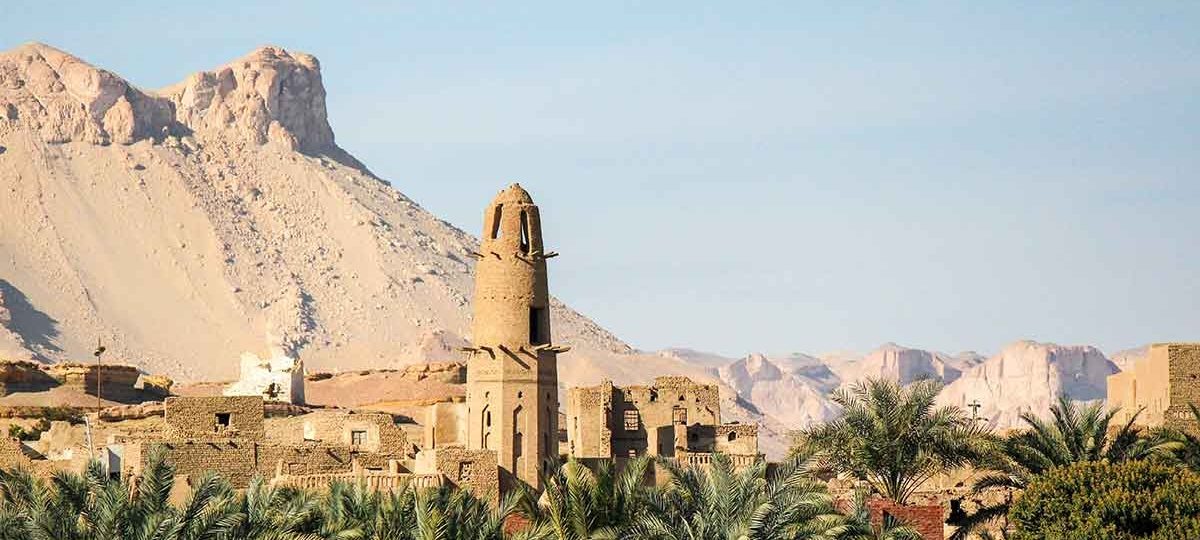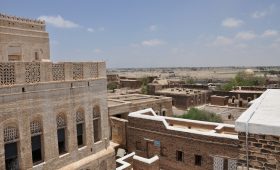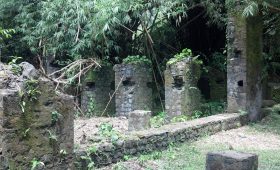Welcome to Dakhla Oasis
Picture a place where ancient history and stark natural beauty coexist. Dakhla Oasis in Egypt offers a unique journey into a world of enduring traditions and captivating landscapes. Here’s a guide based on my experiences to help you explore this fascinating oasis.
Discovering Dakhla Oasis
As someone who loves exploring less-traveled destinations, Dakhla Oasis in Egypt’s Western Desert intrigued me. This oasis offers a rare glimpse into a lifestyle that has remained largely unchanged for centuries. The landscape is a striking mix of sand dunes and lush palm groves, creating a mesmerizing contrast between the desert’s arid expanse and the oasis’s vibrant greenery. Whether you’re into hiking or simply enjoying nature, Dakhla Oasis has plenty to offer.
How to Get There
Reaching Dakhla Oasis requires some planning. The most straightforward route is to fly into Cairo International Airport. From there, you can take a bus from Asyut, which is on the main Cairo-Luxor road. The Upper Egypt Bus Co. runs daily buses that take about 6-8 hours to reach Dakhla, passing through Kharga Oasis. Alternatively, you can hire a taxi from Cairo or Luxor, especially if you’re traveling with others to share the cost. Note that Dakhla has an airport, but it currently does not offer scheduled civilian flights.
Exploring the Oasis
Upon arrival, you’ll find a warm and welcoming community. Dakhla Oasis is home to several small villages where you can experience the traditional lifestyle of the locals. Stroll through the narrow streets and engage with the residents, who are often eager to share their stories.
One notable site is Qasr el Dakhla Old Town, where an Islamic fortress stands over a Roman one. The town’s labyrinthine streets lead to the Nasr ed-Din Mosque, dating back to the 12th century, and the Council Chamber with its impressive entrance. The area also features a small ethnographic museum and a cemetery with notable tombs.
Best Time to Visit
The ideal time to visit Dakhla Oasis is from October to April when temperatures are more moderate, ranging from 5–10°C in winter. Summers can be extremely hot, with temperatures soaring above 40°C. If you visit during the cooler months, you’ll find it more comfortable to explore the outdoors.
Local Transportation
Getting around Dakhla Oasis is easiest by car or taxi. While there are a few buses running between key locations like Mut and Balat, having your own vehicle offers greater flexibility. Public transportation options are limited, so renting a car in Luxor or arranging a taxi through your accommodation is advisable.
Notable Attractions
- Popular Heritage Museum, Mut: This museum showcases traditional Islamic household items and offers insights into everyday life.
- Deir Abu Matta: The remains of a monastery basilica located 19 km north of Mut.
- Qarat el Muzawaqa: A Graeco-Roman graveyard with richly decorated tombs, located 43 km from Mut.
- Deir el Hagar: A Roman temple with elaborate carvings, dedicated to the Theban gods.
- Amheida: A former Roman settlement with ongoing archaeological work, featuring the Temple of Thoth.
- Balat Old Town: Explore the old alleys and visit the tomb of Sheikh Hamuda Saʿad Allah Hamdan.
- Ain Asil: Known for its notable tombs, including those of Shentiqa and Betjou, showcasing scenes of domestic life.
- El Bashandi: Home to the extensive Roman tomb of Kitines and the tomb of Sheikh Bashandi.




